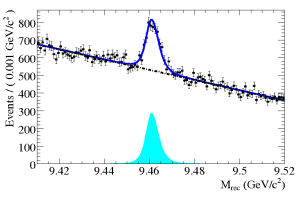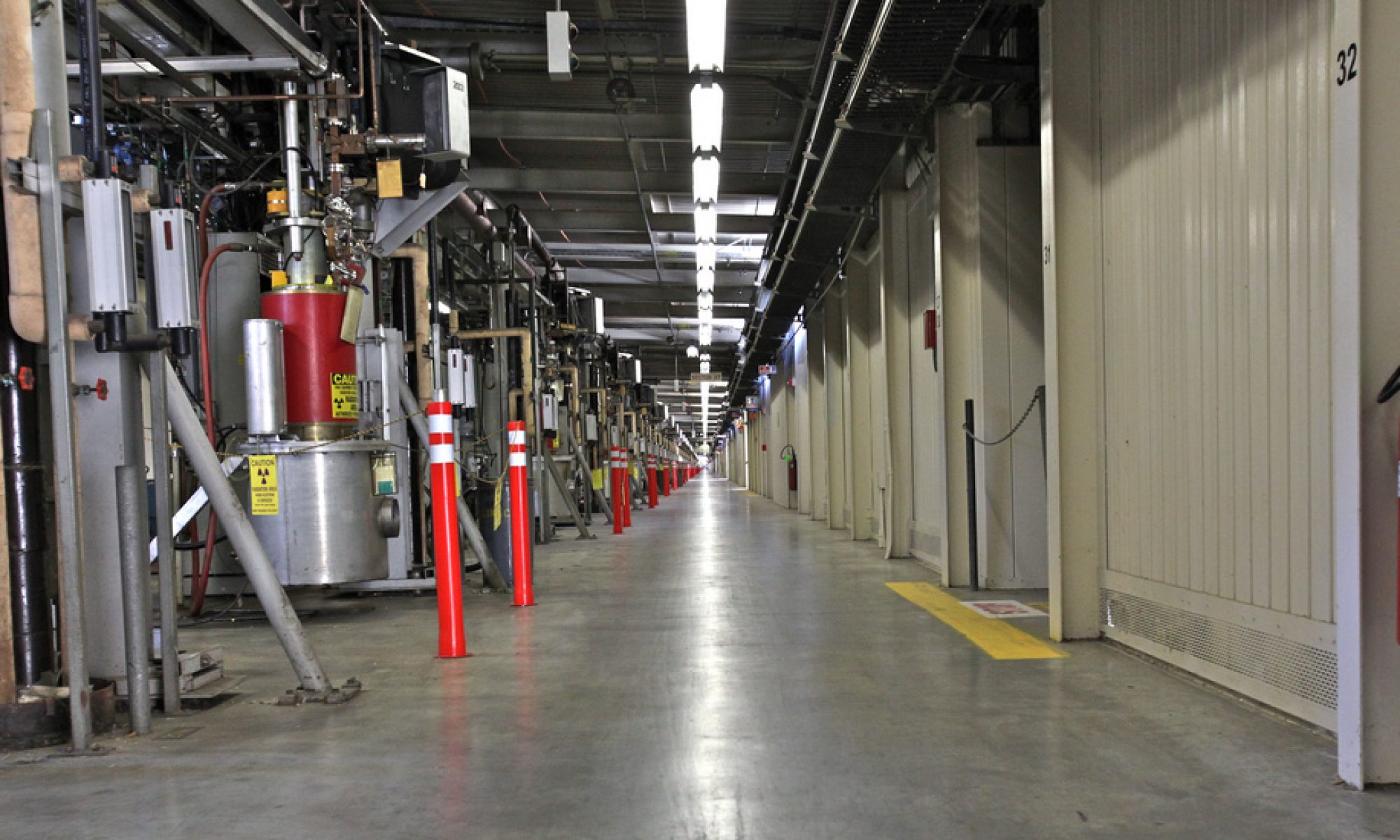It took over a year-and-a-half, but my colleagues and I have completed an extremely sensitive search for low-mass dark matter [1]. This search was a key part of the case for taking the Upsilon(3S) and Upsilon(2S) data back in 2007-2008, before the BaBar experiment was shut down.
The strategy was one that evolved out of a series of conversations back in 2005 with my colleague, Bob McElrath, which he published and posted to the Physics Archive [2]. In short, since we don’t know anything about dark matter it may be as complex as the matter in the Standard Model; it may have both heavy and light components. We can search for a low-mass component using the decay of quarkonium, such as the Upsilon, the J/psi, and the eta meson; if such states can decay into dark matter, we have the challenge of looking for something turning into nothing.
So back in 2005 and 2006, lacking Upsilon(3S) data, I instead pursued a sample of Upsilon(3S) mesons derived from the huge sample of Upsilon(4S) mesons. The challenges of this sample were significant, and I was expecting then to be sensitive down only to a decay rate to dark matter of a few percent. That’s not stunning, but at the time it would have been the only such search. I got blown out of the water by the Belle and CLEO experiments [3,4]; Belle took three days of data at the Upsilon(3S) resonsance and beat my anticipated sensitivity by a factor of 10.
Realizing that pursuing this measurement using Upsilon(4S) data was a dead end, I abandoned Upsilon physics and concentrated on my old B physics haunts, as well as some tau physics. When the opportunity to take a few weeks of Upsilon(3S) data was pitched, I started working with my old Upsilon colleagues on some ideas to motivate the data. Since it was only a few weeks of data, probably to be taken in June 2008, I wasn’t sweating it. I wanted to do the dark matter search, but it wasn’t a high priority.
When the budget cuts of December 2007 hit, we were already ready with a fairly fleshed-out case for taking this data. As it became clear that this case was THE case for taking any data in 2008, we dropped everything and focused on this data. It had to be taken, with no or few problems, and analyzed as quickly as possible. It was a huge team effort, and I am proud to see our work in the search for low-mass dark matter add to the legacy of the BaBar Upsilon data.
So what did we do? We start with our Upsilon(3S) mesons. We look for them to decay to the Upsilon(1S) state by emitting a pair of electrically-charged pions, pi+ pi-. This “dipion transition” happens about 5% of the time, and has a huge advantage used by both Belle and CLEO in their searches: the mass recoiling against the pions, regardless of how the Upsilon(1S) then decays, is the Upsilon(1S) mass. We expect to see a big bump in the recoil mass spectrum at 9.46 GeV if a real Upsilon(1S) is recoiling against the pions.
We then require that there are no other particles in the event – that is, that the event contains pions and apparently nothing else. This is what the dark matter signature would look like in BaBar. The result is shown below – a big bump in the spectrum. The catch is that there are a number of things that can fake the dark matter signature, most notably when perfectly detectable particles from the Upsilon(1S) miss the detector (only about 80-90%) of the space around the interaction point is covered by the detector). We found that all of this bump is caused by these backgrounds. Most of our time was spent understanding this background, insuring the reliability of our estimate and the uncertainty on that estimate.
Still, the result is stunning. With only 7 times more Upsilon(3S) data than Belle, we improved the sensitivity of this search by more than a factor of 8. Our approach to background rejection seems to have given us an advantage, and this advantage translates into strong sensitivity to invisible Upsilon(1S) decay. If the Upsilon(1S) decayed to dark matter even as rarely as 0.05% of the time, we definitely would have seen it.
We learned a lot while doing this search, and we intend to feed that back into future efforts. Meanwhile, we invite you to read the paper and provide comments and criticism and suggestions. We hope to see this published in Physical Review Letters soon.

[1] http://arxiv.org/abs/0908.2840
[2] Phys.Rev. D72 (2005) 103508 and http://arxiv.org/abs/0712.0016v2

